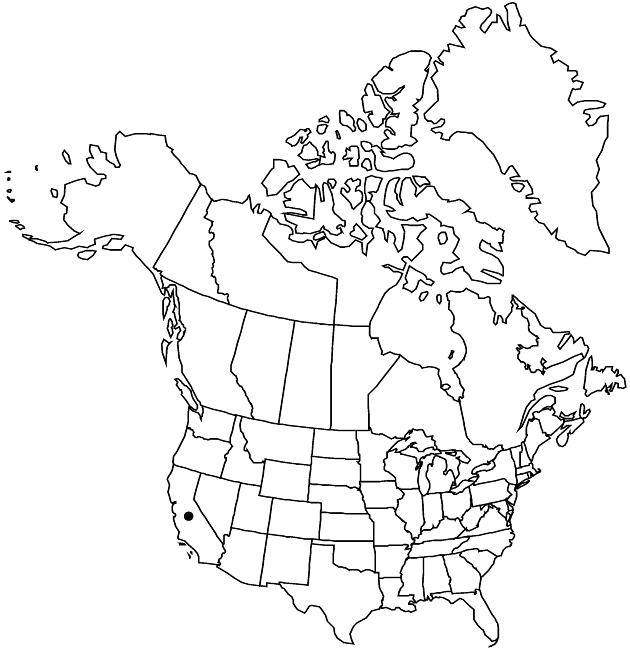Layia gaillardioides
in A. P. de Candolle and A. L. P. P. de Candolle, Prodr. 7: 294. 1838.
Plants 6–60 cm (self-incompatible); not glandular, often strongly scented. Stems purple-streaked. Leaf-blades oblanceolate or lanceolate to linear, 5–120 mm, margins (basal leaves) toothed to pinnatifid. Involucres subglobose to ± campanulate or hemispheric, 4–9+ × 4–12+ mm. Phyllaries 6–18, apices shorter than folded bases. Paleae in 1 series between ray and disc-florets. Ray-florets 6–18; laminae yellow or bicolored (proximally yellow, distally whitish or pale-yellow), 3.5–18 mm. Disc-florets 14–100+; corollas 3–5 mm; anthers ± dark purple. Ray cypselae glabrous. Disc pappi 0 or of 15–24 white to rufous or purplish, ± equal bristles or setiform scales 1–4 mm, each proximally plumose, not adaxially woolly. 2n = 16.
Phenology: Flowering Mar–Aug.
Habitat: Open or semishady sites in woodlands, grasslands, meadows, chaparral, or forests, often on serpentine or sandy soils
Elevation: 0–1300 m
Discussion
Layia gaillardioides occurs on the North Coast and in the North Coast Ranges, San Francisco Bay area, and Inner South Coast Ranges, and in the Outer South Coast Ranges (near Cayucos). As treated here (provisionally) and previously, L. gaillardioides is not monophyletic; molecular phylogenetic data have indicated that some lineages of L. gaillardioides are more closely related to L. carnosa, L. hieracioides, and/or L. septentrionalis than to one another (B. G. Baldwin, unpubl.).
Selected References
None.
